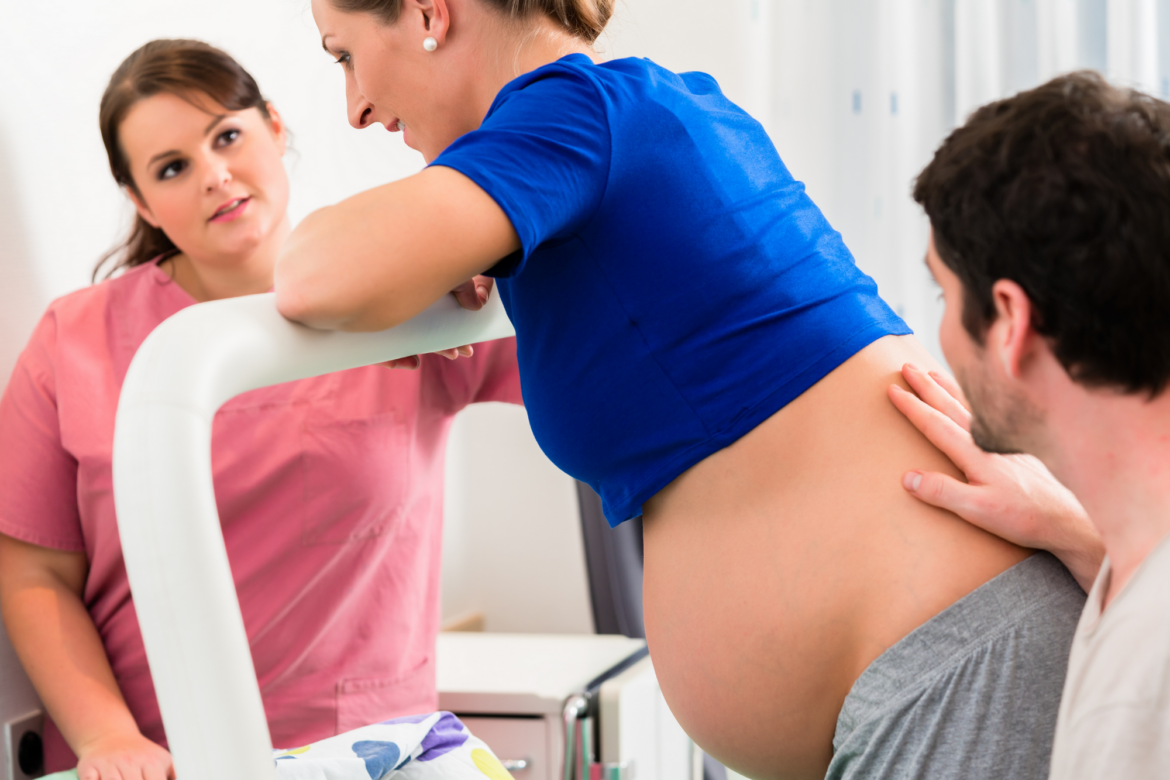Women’s Health PT
I have been a physical therapist in an outpatient orthopedic setting for the past five years and began focusing my continuing education on the pelvic floor and Women’s Health in early 2019. In that time, I have learned so much about pelvic floor physical therapy and continue to learn more every day. I love to share the positive results of my patients who have benefited from this particular type of treatment. I feel like it’s becoming better known how helpful physical therapy is for managing symptoms during pregnancy and postpartum, but did you know that we can also help prepare you for the actual labor and delivery process?
Labor and Delivery
I recently worked with a patient who was in the third trimester of her first pregnancy. She came in at 29 weeks pregnant with low back pain and leg cramps and was beginning to experience urinary leakage with impact activities. She also expressed fear of tearing her perineum and breaking her tailbone during delivery.
We addressed her primary complaints of low back pain and leg cramps first. We created a program that included hands-on skills to decrease muscle and fascial tightness, stretches for flexibility restrictions, mobility exercises, and gentle strengthening to help support her low back and pelvis. She wore a maternity support belt to provide extra abdominal support. We addressed water intake as well. This is especially important during pregnancy because the body increases its blood volume by nearly 50%!
Manual Techniques for Pregnancy
She had great results in the first couple of weeks of treatment with much less back pain and her leg cramps resolved. As she progressed throughout her pregnancy and with clearance from her OB-GYN, it was time to focus on her pelvic and delivery concerns.
At 34-35 weeks pregnant, we started internal pelvic floor work for perineal massage and stretching. Performed with a gloved and lubricated finger, I used manual techniques at the introitus (vaginal opening) to help the tissue soften, increase flexibility, and reduce the likelihood of tearing. We also trained her pelvic floor muscles with breathing to help imitate how they will coordinate while pushing. She learned correct breathing mechanics, pressure management, relaxation, labor and delivery positions, and pelvic floor muscle lengthening to help with the delivery process.
20 Minutes of Pushing
Her physical therapy care during pregnancy paid off. I received a text after delivering a healthy baby that she pushed for about 20 minutes and had zero back pain. She included that she had a small “first mom” tear, but nothing severe. She also told me her nurse was very proud of her pushing like how we had practiced in PT and that all pregnant moms should go to PT!
I could not have been more thrilled for her and proud of her hard work! To hear about how well her first delivery went, in part to what we did in physical therapy, reminds me of why I love doing what I do. I highly encourage anyone pregnant to receive physical therapy during pregnancy and postpartum. It can make a real difference and help you feel even more prepared for such a life-changing event.

